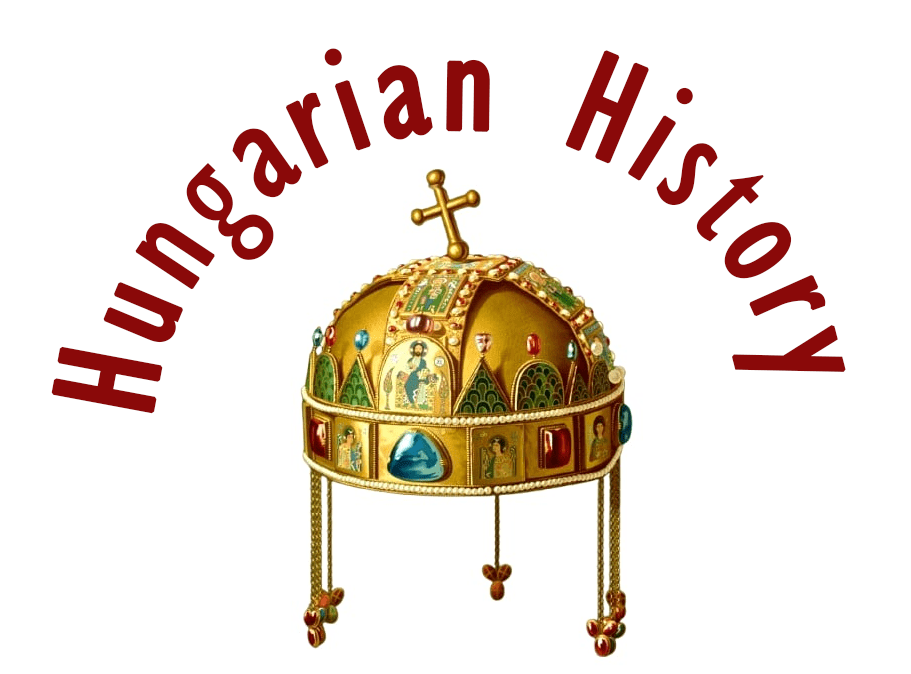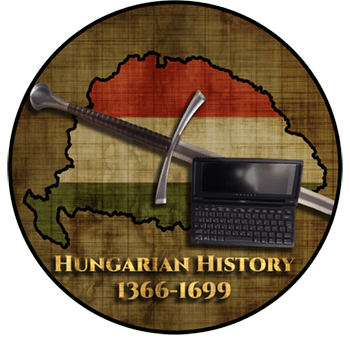In 1918, around one million Hungarians became a minority within the borders of Czechoslovakia, which was founded on the ruins of the Austro-Hungarian Empire. Two decades later, the state of Czechoslovakia was carved up by fascist Italy and Nazi Germany, with the help of the Western powers, in the 1938 Munich Agreement.

The Sudetenland, with its predominantly German population, was returned to Germany, while the Hungarian-inhabited southern part of the Highland (the historical northern part of Hungary called Felvidék) was returned to Hungary by the first Vienna decision of 2 November 1938.
Slovakia declared its independence on 14 March 1939, and the Hungarian army invaded the Subcarpathian Region (Kárpátalja) the next day, which was under Slovakian rule.

As for Bohemia and Moravia, they were placed under direct German control. (Let me remark here that the Subcarpathian Region never returned to Czechoslovakia, but it went to the Soviet Union after 1945, thus becoming part of Ukraine only in 1991.) Now, I do not go into the details of the massacres of Pozsonyligetfalu (Petržalka) and Přerov, where hundreds of Hungarian and German civilians were executed.
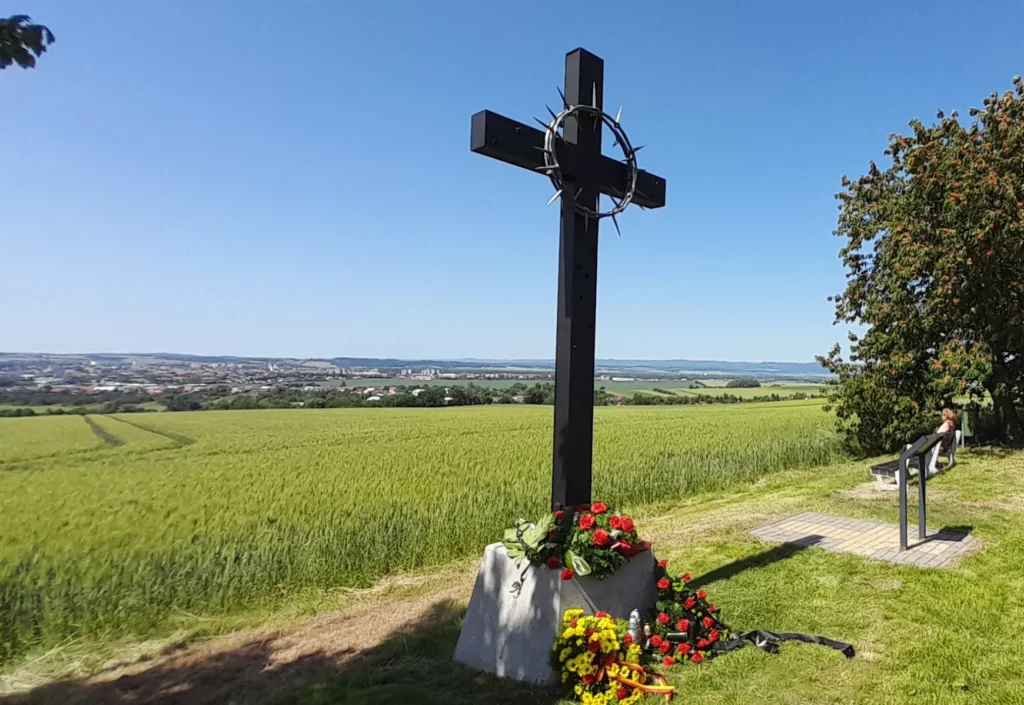
On 27 February 1946, the Hungarian-Czechoslovak “population exchange” agreement was signed. The population exchange began on 12 April 1947 and ended on 5 June 1949, with rail trains transporting the designated families to Hungary daily during the first period. The hastily repainted Nazi wagons did their job again, following Stalin’s remark that “the Hungarian question is just a wagon question”. Many died in the unheated wagons.

In Czechoslovakia, reconstituted after the Second World War, the government program of 5 April 1945 in Kassa (Kaschau, Kosice) held Hungarians and Germans collectively responsible for the “disintegration” of the country.
Let me recall an episode from that time, it is about Gustáv Husák, who was in charge of the city of Kassa after the war, where he began the promising career that eventually gained him the title of President of Czechoslovakia from 1975 to 1989.

In Kassa, he did his best to deal „properly” with the Hungarian „war criminals,” and he issued an order that all Hungarian residents of Kassa had to wear a large red letter „M” on their coats before getting rid of them. The red „M” stood for „madarsky”, meaning „Hungarian”.
However, at the Potsdam Conference in June 1945, the Great Powers did not allow the unilateral expulsion of Hungarians, only a population exchange, but they did allow Poland, Hungary, and Czechoslovakia to expel the German population in an ‘orderly and humane manner’. In the ‘wild expulsion’ from the Czech Republic between May and August 1945, 750,000 Germans were resettled in Germany, and a further 2-2.2 million in 1946-48.

The Czechoslovak government, which was striving to create a pure Slavic state, had to find other, less direct methods to eliminate the Hungarian minority. Yes, we are talking about the infamous 33 decrees enacted by the head of state, Edvard Benes, between May and October 1945, which were not enacted until 1946. These decrees directly or indirectly restricted the fundamental rights of Hungarians and Germans.
A few words about Edward Benes
18 December 1935 – Edvard Beneš became the President of Czechoslovakia on this day, with the support of local Hungarian parties, to whom he made promises he later failed to keep.
He was Czechoslovakia’s second, controversially assessed president, the most forceful herald and executor of Czechoslovakia’s creation. His foreign policy activities contributed significantly to the disadvantageous assessment of Hungary’s role in the world wars and to the territorial losses defined in the Treaty of Trianon.

Excerpt from a speech by Edvard Beneš, Czechoslovak Foreign Minister, in the National Assembly on February 23, 1920:
‘Even before the war, the Hungarians were scheming to whitewash the actions of the previous Hungarian government, and especially certain aristocratic governing circles, using every means of propaganda. (…) The whole world was horrified at the sight of these deeply rooted Mongol political conditions and understood that the war was sparked not solely by the fatal policy of the former Austro-Hungarian Monarchy, but that it was prepared much more in Budapest than in Vienna.’
After the closure of World War I, he played a serious role in the dismemberment of Hungary, although even the victors’ peace conference did not consider his excessive demands satisfiable. He wrongly projected the atrocities committed during the war onto the national minorities in the territory of what would become Czechoslovakia and declared both the Sudeten Germans and the Hungarians collectively guilty.

During the Paris Peace Talks, he stated:
‘I am not striving for justice at all, I am making politics. And for this reason, I sometimes consciously commit injustices, for the sake of the state and in my personal interest.’
Beneš was present at the founding of the League of Nations, serving as its President in 1920 and as a member of its Council from 1923 to 1927. With an obvious anti-Hungarian edge, he concluded treaties with Romania and Yugoslavia between 1920 and 1922, leading to the creation of the ‘Little Entente.’
Beneš, due to the impact of the Munich Agreement, lost all faith in the Western states. Shedding his previous anti-communism, he saw the Soviet Union as the only possible guarantee for Czechoslovak independence. Thus, in December 1943, he departed for Moscow to negotiate with the Czech and Slovak communist emigrants there.
During his Moscow negotiations, he also obtained Stalin’s approval for the creation of a Czechoslovak nation-state by expelling the Sudeten Germans and the Hungarians from Upper Hungary (Felvidék).

In the memoirs of General Pavel Anatolyevich Sudoplatov, a high-ranking officer of the NKVD and KGB (Special Tasks: The Memoirs of an Unwanted Witness – A Soviet Spymaster), it is written that the President of Czechoslovakia was an agent of the Soviet secret service from 1938 onwards, recruited by intelligence resident Pyotr Zubov.
Allegedly, he planned the assassination of the Yugoslav king to provoke an anti-German turn in the South Slavic state. During the German occupation, he was evacuated from Prague to London by the NKVD, from where he traveled to Moscow.
During his visit to Moscow to sign the alliance, Beneš complained about the “feudal” systems existing in Poland and Hungary, charging that unlike Czechoslovakia, which after World War I had broken up the estates owned mostly by ethnic Germans and Hungarians, the majority of the land in Poland and Hungary was still owned by the nobility, which he claimed was the source of political and economic backwardness in both nations.
Beneš opposed the presence of Germans in the liberated republic. Believing that vigilante justice would be less divisive than trials, he called for the “liquidation of Germans and Hungarians” in the “interest of a united national state of Czechs and Slovaks.”
In 1945, Beneš instituted the Kassa (Košice) programme, which declared that Czechoslovakia was now to be a state of Czechs and Slovaks, with the German population in the Sudetenland and the Hungarian population in Slovakia to be expelled.
The Beneš decrees, among other things, expropriated the property of citizens of German and Hungarian ethnicity and facilitated Article 12 of the Potsdam Agreement by laying down a national legal framework for the loss of citizenship and the expropriation of about three million Germans and Hungarians.
The Czech parliament defended its post-World War II decrees in a declaration in 2002. Currently, in 2025, a law is awaiting signature in Slovakia that would cement the infamous provisions of the Benes Decrees concerning the deprivation of rights and confiscation of property of Hungarians, and would impose a six-month prison sentence on those who dare to question the Benes Decrees.

The Decrees
Decree No. 33, which came into force on 2 August 1945, even deprived the Hungarians of their citizenship. Decree No. 88 allowed for the imposition of community service throughout the country, and as a result, in the winter of 1945-46, some 40,000 Hungarians from the Highlands were deported in unheated cattle wagons to the Sudetenland in the Czech Republic. Many of them could never return to their homeland.
The decrees allowed for the confiscation of Hungarian land, dismissal from their jobs, and banning of their official language and cultural associations. They expelled 36,000 Hungarians who had Hungarian citizenship before 1938, interned Hungarians in Pozsony (Pressburg, Bratislava), Kassa (Košice, Kaschau), and Komárom, and confiscated their homes.

Reslovakisation was set in motion, which gave the Slovaks, who claimed that they had been Hungarianised over the centuries, the opportunity to ‘return to the mother nation’, in effect to escape confiscation of property and deportation and to acquire citizenship rights. In the course of the action, 423,000 intimidated and threatened Hungarians submitted their applications, and the authorities declared 327,000 of them Slovaks.

Through the position of the great powers, which rejected the Hungarian point of view, and the “pressure” exerted on the Hungarians in the Highlands (*historically, Highlands refer to „Felvidék”, the northern part of old Hungary), the Prague government managed to force the Hungarian government to agree on the population exchange without border modification.

The population exchange agreement signed in Budapest on 27 February 1946 was ratified by the Hungarian Parliament on 14 May 1946. The population exchange began on 12 April 1947 and was completed on 5 June 1949, with rail trains transporting the designated families and all their belongings to Hungary daily during the first period. Not everybody was so lucky as to bring their furniture, though.
According to the agreement, the Czechoslovak authorities were allowed to resettle as many Hungarians as Slovaks left Hungary voluntarily. Czechoslovakia also gained the right to unilaterally resettle Hungarians who had been declared war criminals by the Slovakian people’s courts, with a total of 181,000 Hungarians on the list.

Contrary to the expectations of the Prague government, barely 60,000 (59,774 to be precise) Slovaks from Hungary applied for resettlement, despite a regular recruitment campaign (official Czechoslovak propaganda claimed that there were four to five hundred thousand Slovaks living in Hungary). The Czechoslovak authorities made no effort to meet the quota, and 76,616 Hungarians were transferred from Slovakia to Hungary. The total number of Hungarians affected by forced population movements from Czechoslovakia after 1945, including deportations, forced labor transfers, and internal relocations, is between 100,000 and 120,000 people.

At the Paris Peace Conference, Czechoslovakia, which enjoyed the full support of the Soviet Union, sought to unilaterally resettle the 200,000 Hungarians who remained after the Reslovakization and the population exchange, but the Americans vetoed this.
The resettlements and the Reslovakisation had serious consequences for the Hungarian community in the Highlands (Felvidék / Horná Zem), not only in terms of financial losses but also in terms of the ethnic identity of the settlements, which was adversely affected.

The repeal of the Benes decrees and the restitution of confiscated property were not on the agenda of Czechoslovakia or the independent Czech and Slovak states since 1993. On 3 December 2012, the Hungarian Parliament declared 12 April, the day on which the Hungarian population was deported from the Highlands, as a parliamentary memorial day, without any dissenting votes.
And now, let me add my family’s story, to show you the human side of this tragic event because they were also expelled from Czechoslovakia after 1946…
I am talking about the Hercsuth family here, on my mother’s side. The Hercsuth family was a small noble family; they got their COA from King Béla IV in 1248 for a military deed and received the village of Bélaszállás as well.

My grandfather was Hercsuth Tibor, a middle-class schoolmaster who was born in Losonc (Lusenec). He was very talented in music and, among other things, he learned to become a conductor, but he drew very nice graphics, too.
He also excelled in athletics; he won a medal and wore the title of „Athlete of the Highland”. He fell in love with my grandmother, who came from a poor family from a village called Felsővály (Vysné Valice), in Gömör County. They had three children, two daughters, and a son.

My grandfather got a job in the small village of Alsókálosa, where he served as the schoolmaster. They led a modest middle-class life; my grandmother could even employ a maid.
My grandfather had to join the army in WWII, and he was taken to the Don River in 1943. He was an ensign, the lowest rank among officers. During the fight, his military servant, Kiss László, who also came from his village, got wounded.

The front collapsed, and the soldiers tried to withdraw in the cruel Russian winter. Although the young man was taller than my grandpa, he took him on his back and carried him all the way home. Seeing their officer’s example, the soldiers in his unit did the same and carried their wounded. Most of them survived. Kiss László also survived his injury and made his way to Canada immediately after the war ended.
In 1945, the front reached Alsókálosa, and the Soviets took Grandpa into captivity. His wife and children were left alone in the greatest peril: the village exchanged hands at least eight times in the following period, and the locals desperately tried to take shelter.

While running in the high snow, my mom left one of her shoes and got cold. As she could not recover, she was taken to the military hospital of Rozsnyó (Roznava), which was overcrowded. Unfortunately, she was infected with TBC and was going to die.
In the meantime, my Grandpa freed himself from the Russians’ captivity and miraculously returned home. Without medicine, he could not do anything for his daughter. Somehow, he traced down the whereabouts of Kiss László, who was finally able to send antibiotics for my mom through the Red Cross from Canada…It was how she survived, but one of her legs had to be stiffened, and she was limping for the rest of her life.

When the Soviets were gone, the Czechoslovak authorities reappeared, and all the Hungarians were declared war criminals. They were doomed to leave unless they signed a paper and „reslovakized”.
My Grandpa was offered this option, but he refused it, and they had to move. My Grandmother never forgave him for this: their property was taken away, and they lived in poverty. Finally, they were deported to Hungary, to a small town of Mezőcsát. My Grandpa became a teacher, but he also had to learn a new job to feed his family. He became a shoemaker, but he also did everything to feed his family, let it be poaching in the forest or smuggling cigarettes to Czechoslovakia.

It is needless to say, these things were not good for my mother’s health. My grandmother began to hate her husband and brought up her daughters to hate their father, too. Later, my grandpa could become a schoolmaster again.
On the other hand, my late father came from a Slovak family, the Szántai family from the area of Salgótarján, Hungary. His grandpa used to be Sztrázska or Sztrázsenka; they lived in Zagyvapálfalva, near the castles of Salgó and Somoskő. What I know for sure is that there is a small hill between Salgó Castle and Somoskő Castle, and it is called the Strázsa Hill. In the old days of Ottoman wars, this hill between the two castles may have been the location of a post where a guard had to be looking for the signals from the two castles. This guard (in Hungarian, we call it “őr” or “strázsa”) could have been the ancestor of the Sztrázska family.

One thing is for sure: they were all good-hearted people. They didn’t want to leave for Czechoslovakia after WWII; they insisted on staying in Hungary even though they were Slovaks. They didn’t want to sit in the confiscated property of Germans and Hungarians.

As it is, I claim myself a Hungarian, but I am proud of my Slovak heritage. During my life, I have witnessed lots of discrimination against Hungarians in Czechoslovakia and Romania, and I became very sensitive to injustice. Now, I am trying to make Hungarian history popular in the English-speaking world to fill this huge gap: if our history is not known, how can the world understand our present situation?
Source: partly from www.mult-kor.hu
Dear Readers, I can only make this content available through small donations or by selling my books or T-shirts.
Please, support me with a coffee here: https://www.buymeacoffee.com/duhoxoxa
You can check out my books on Amazon or Draft2Digital. They are available in hardcover, paperback, or ebook:
https://www.amazon.com/dp/198020490X or at https://books2read.com/b/boYd81
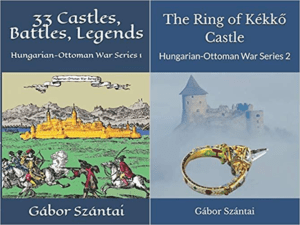
My work can also be followed and supported on Patreon: Become a Patron!http://Become a Patron!
Become a Patron! Donations can be sent by PayPal, too: https://tinyurl.com/yknsvbk7

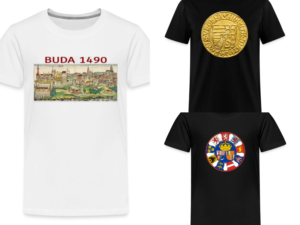
https://hungarianottomanwars.myspreadshop.com/all
Subscribe to my newsletter here: https://tinyurl.com/4jdjbfkn
